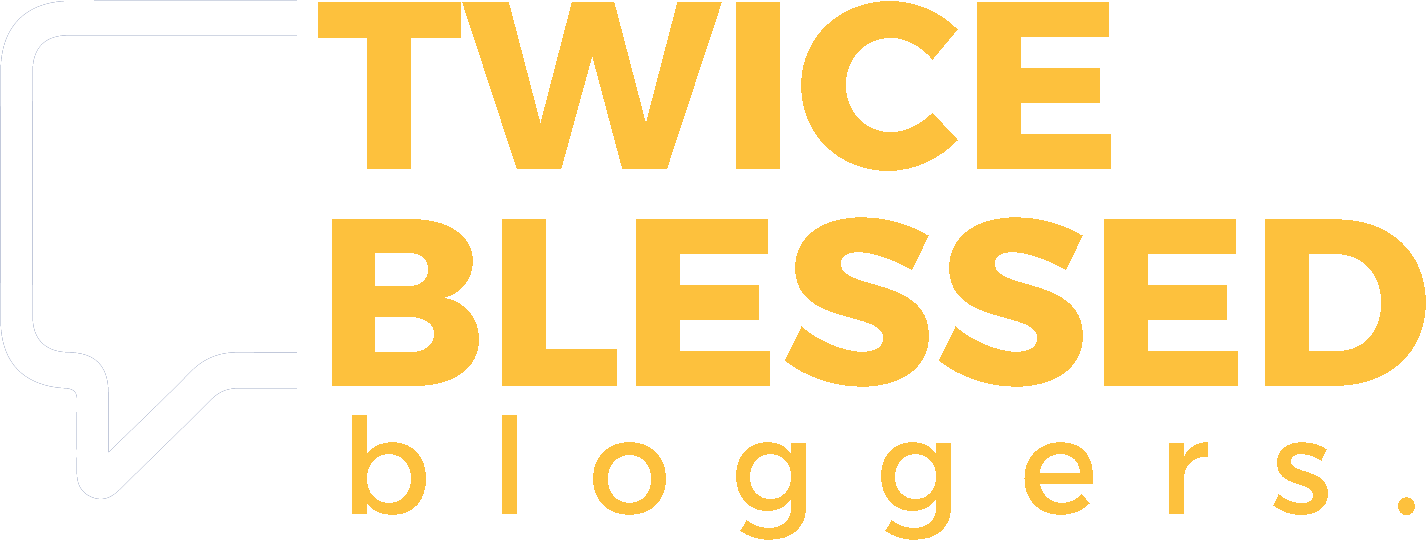If I have chronic pain does that mean I can’t exercise anymore?
Chronic pain affects millions globally, making daily activities like work and exercise challenging. Managing it requires patience and effective strategies.
A common question for those with chronic pain is how to balance limitations with an active lifestyle.
Is it possible to work while managing pain? Can exercise help or hinder recovery? What are the best tools for exercise when pain persists?
This article provides practical advice for improving quality of life staying active and managing chronic pain helping individuals regain control over their well-being.
1. How Do People With Chronic Pain Work?
Working with chronic pain requires careful planning, adjustments, and self-care strategies. People who experience persistent pain may have to make accommodations in their work life to reduce stress and avoid exacerbating their symptoms.
Flexible Work Arrangements
Many with chronic pain find flexible work hours or remote work helpful. This flexibility allows for rest therapy, or doctor appointments.
Remote work also helps those who struggle with commuting or long sitting periods. Virtual meetings can offer more comfort than in-person ones for these individuals.
Ergonomic Workspaces
An ergonomic workstation is essential for those with chronic pain, particularly for back, neck, or joint issues.
Adjusting desk, chair, and screen height can improve comfort during long sitting periods.
A chair with lumbar support reduces lower back strain, and a standing desk lets employees alternate between sitting and standing, easing pressure on the spine and joints.
Frequent Breaks
People with chronic pain often benefit from taking regular breaks throughout the day. Sitting for long hours or standing in one position can worsen pain.
Incorporating short breaks every 30 to 60 minutes to stretch, walk around, or change posture can help reduce the likelihood of stiffness and discomfort.
Stretching exercises, even simple ones, can promote circulation and relieve muscle tension that builds up throughout the day.
Pain Management at Work
Having a pain management plan at work is crucial. Along with medication, natural techniques like deep breathing, mindfulness, and short meditation sessions can reduce stress and manage pain.
Hot or cold packs, such as a warm neck wrap or cold compress, can also offer relief without leaving the office.
Communication with Employers
Open communication with employers is crucial for people with chronic pain. Discussing specific needs and accommodations, such as flexibility with hours or the ability to work from home, can help create a more supportive work environment.
Employers who understand the challenges their employees face are more likely to provide reasonable adjustments and help their staff succeed.
2. Is It OK to Exercise Through Pain?
One common question for people with chronic pain is whether it’s okay to exercise through discomfort. The answer depends on the type, intensity, and cause of the pain.
In general, moderate exercise can be beneficial for many people with chronic pain, as it helps maintain mobility, improve strength, and manage pain levels in the long term.
However, it’s essential to listen to the body and avoid pushing through intense pain, which can lead to injury or further strain.
When Exercise is Helpful
Exercise boosts endorphins, the body’s natural painkillers, reducing pain perception. It improves flexibility, strengthens muscles, and enhances mobility, especially for conditions like arthritis or fibromyalgia.
Low-impact exercises like swimming, walking, yoga, and Pilates are ideal for building strength, improving cardiovascular health, and promoting relaxation, all while being adaptable to individual pain levels.
Listening to Your Body
Exercising through pain should be done with caution. Mild discomfort from stretching or strengthening is okay, but sharp or persistent pain signals the need to stop and consult a healthcare provider.
If pain increases, adjust the exercise intensity, duration, or type. A physical therapist or physician can help create a personalized plan to prevent worsening symptoms.
Modifying Exercises for Chronic Pain
Modifying exercises can reduce strain for those with chronic pain. Using resistance bands instead of weights offers controlled movements, and low-impact exercises like swimming or cycling are gentler on the joints.
The goal is to stay consistent with exercise while avoiding activities that could worsen symptoms.
3. What Is the Best Exercise Equipment for Chronic Pain?
Choosing the right exercise equipment can make a significant difference in managing chronic pain.
The right tools can provide the necessary support, minimize strain, and enhance the effectiveness of a workout. Here are some of the best exercise equipment options for people with chronic pain:
1. Recumbent Exercise Bikes
A recumbent exercise bike is a fantastic option for people with chronic pain, particularly those dealing with joint pain or back issues.
The recumbent position allows for better support of the lower back and reduces the strain on the knees and hips. It also provides a low-impact cardiovascular workout that can be done at a comfortable pace.
2. Resistance Bands
Resistance bands are affordable and versatile exercise tools that can be used to perform a wide variety of exercises with minimal strain on the body.
They help build strength without overloading the joints, making them ideal for individuals with chronic pain. Resistance bands come in various strengths, allowing users to adjust the intensity of their workouts based on their needs.
3. Foam Rollers
Foam rolling is an excellent way to release muscle tension and increase flexibility, which can help reduce the effects of chronic pain.
Foam rollers work by applying gentle pressure to tight muscles helping to release knots and improve circulation.
This tool is often used as part of a warm-up or cool-down routine and can be especially helpful for people with back, shoulder, or neck pain.
4. Stability Balls
A stability ball can be used to improve balance, strengthen core muscles, and increase flexibility. It provides an excellent way to work on posture and stability, which can help alleviate pressure on the spine and joints.
Sitting on a stability ball instead of a chair can also encourage better posture throughout the day, which can be beneficial for those with chronic pain.
5. Elliptical Machines
For individuals with joint pain or back issues, the elliptical machine offers a low-impact alternative to running or using a treadmill.
The elliptical allows for both upper and lower body engagement, making it an effective cardiovascular workout without putting undue strain on the knees, hips, or lower back.
6. Dumbbells and Kettlebells
For those who want to add weight training to their routine, dumbbells and kettlebells can be useful.
When used with proper form and technique, they can help strengthen muscles and support joint function.
Starting with light weights and gradually increasing the load ensures that the body doesn’t become overwhelmed by excessive strain.
Build Muscle No Carbs
Building muscle is essential for improving overall strength and reducing chronic pain. While some may think muscle-building requires a high carb diet it’s actually possible to build muscle without relying heavily on carbs.
Focus on protein rich foods and strength training exercises to build muscle, which will support your joints and help manage chronic pain more effectively.
Conclusion
Living with chronic pain doesn’t have to mean giving up work or exercise. By making adjustments, listening to the body, and choosing the right tools, individuals with chronic pain can continue to lead active and fulfilling lives.
Incorporating regular physical activity, working with ergonomic setups, and using the right exercise equipment are all important strategies for managing chronic pain effectively.
With the right approach, people with chronic pain can experience improved mobility, reduced discomfort, and a better overall quality of life.
Always remember, when in doubt, consult with a healthcare provider to create a personalized plan that fits your unique needs.


